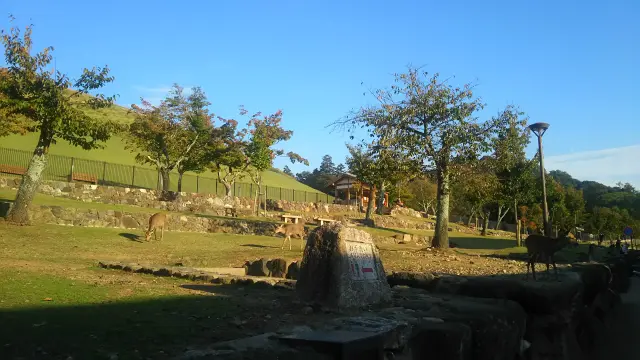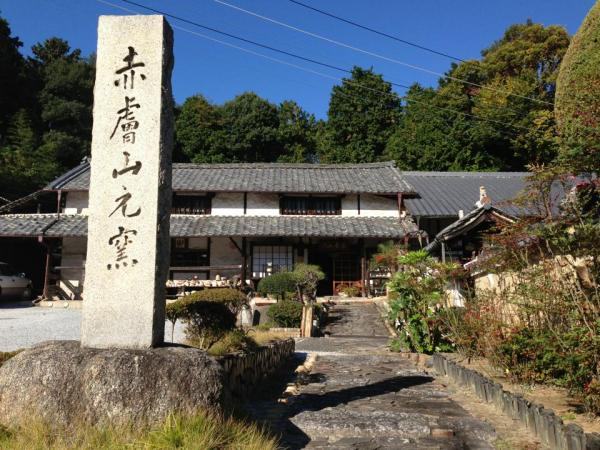
Akahadayama -Motogama Pottery(Akahada ware)Hand Building
Last update
Akahadayaki is a traditional craft of Nara. During the late 16th century (Tensho period), when the Battle of Nagashino and the Honno-ji Incident occurred, Toyotomi Hidenaga, Toyotomi Hideyoshi's younger brother, the lord of Yamato Koriyama Castle, invited Yokuro from Tokoname to open a kiln. Early in the Tenmei period (late Edo period), Yasumitsu Yanagisawa, then Lord of Yamato Koriyama Castle, revived Akahadayaki ware, which had ceased to have potters. In response to Yasumitsu's request, a potter from Kyoto named Jihei entered Akahada-yama (Mt. Gojo) and established the kiln. Jihei was the first-generation head of the Akahada-yama Motogama Pottery Furuse Gyozo. Three Akahada-yama Motogama wood-firing kilns remain. The large-scale and medium-scale wood-firing kilns are Registered Tangible Cultural Properties and rare examples of how kilns have changed over time to become smaller. Recently, ceramics production in many parts of Japan tends to be carried out under a divided industry system. One of the most attractive features of Akahada-yama Motogama kiln pottery is that the kiln in Akahada-yama (Mt. Gojo) is where all production processes are carried out, from sourcing the clay for raw materials to molding and firing, and they can also be observed. Now, you can create your own original Akahadayaki ware in a hands-on activity at this historic kiln.
Photos
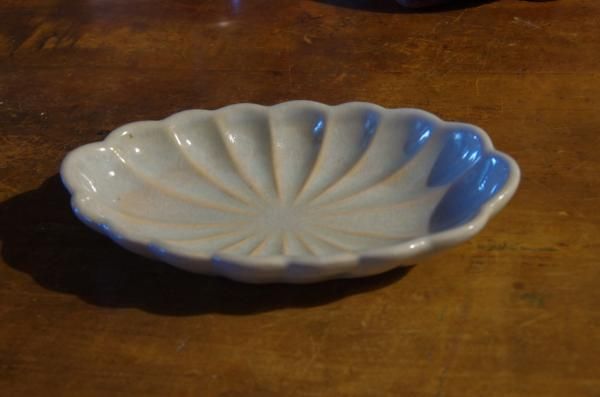
Infomation
- Minimum Number of Passengers
- From 4 people
- Maximum Capacity
- Up to 15 people (consultation required for more than 15)
- Participation Restrictions
- No
- Meeting and Exchange Areas
-
Akahadayama -Motogama Pottery(Akahada ware)
1049 Akahada-cho, Nara City, Nara Prefecture. Or shipped (separate shipping fees apply) - Open Period
-
Closed on certain days
Closed Period Fixed holidays: Mondays and every fourth Wednesday. Obon and New Year's holidays (please inquire about these periods) - Meeting Times and Business Hours
- Morning session: 10:00 a.m./Afternoon session: 1:00 p.m.
- Tour Schedule
- After the hands-on activity, feel free to tour this Japanese Registered Tangible Cultural Property
- Required Time
- 2–2.5 hours.
- Provision of Meals
- Meals are not provided
- Inquiry
- Akahadayama -Motogama Pottery(Akahada ware) 0742-45-4517
This basic information is current at the time of publication and is subject to change.
Please check the official website for the latest information.
Map
Check also...
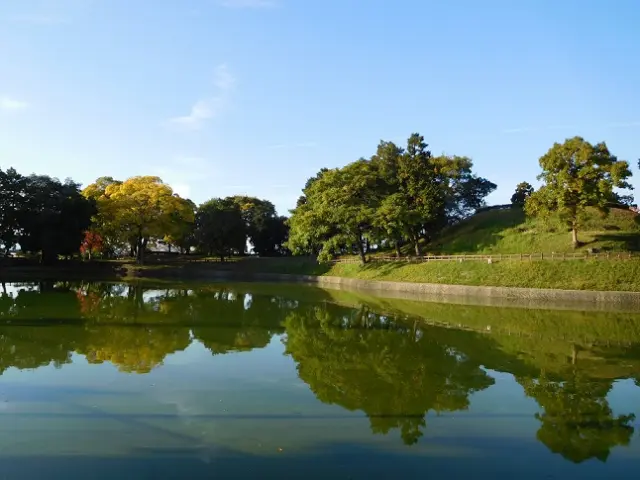
Walking along the Yamanobe no Michi, Japan’s Oldest Road (Sakurai City and Tenri City, Nara Prefecture)
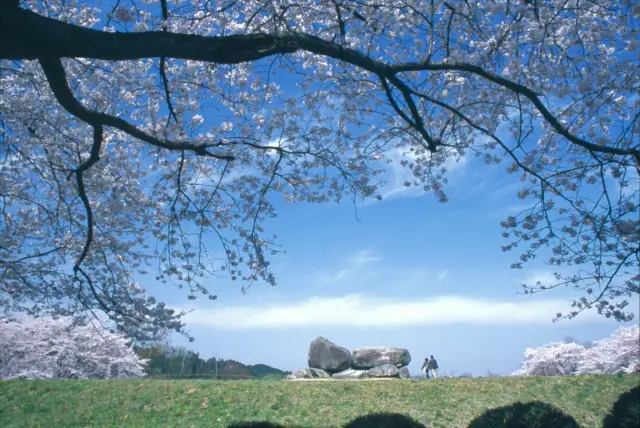
Around Mysterious Stone Structures (Asuka Village, Nara Prefecture)
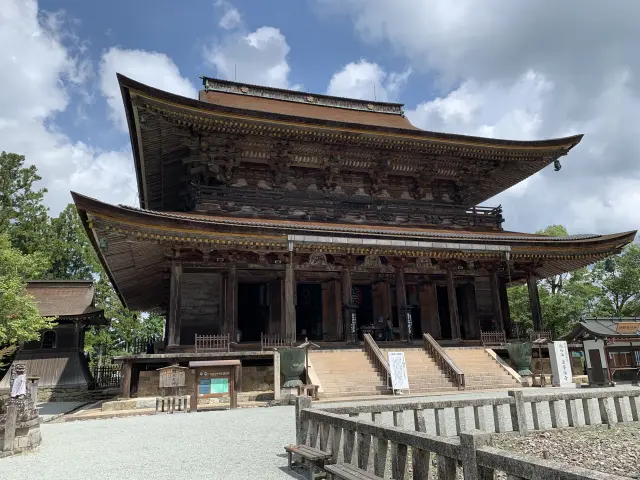
Walking in the Mecca of mountain worship and Shugendo. (Yoshino Town, Nara Prefecture)
